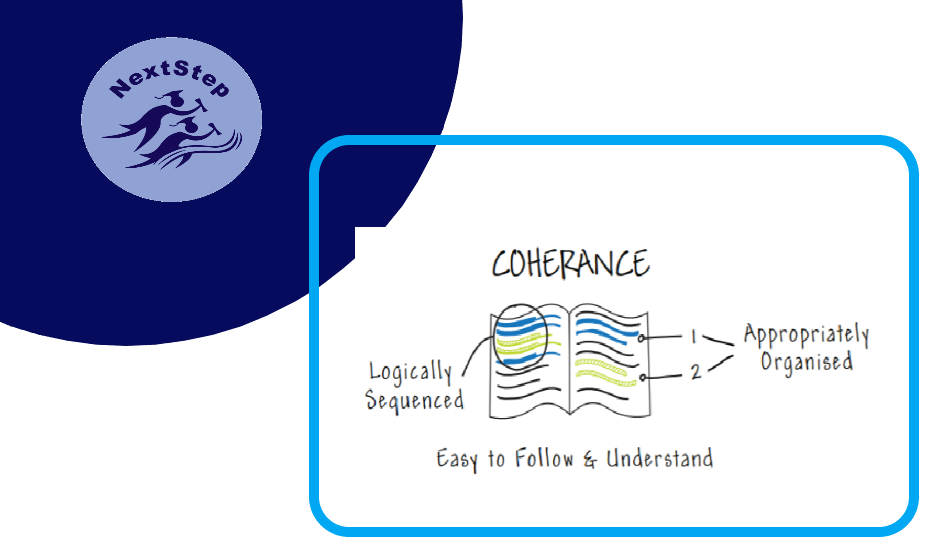Coherence and Cohesion in IELTS Writing
Coherence and cohesion is a vital feature of your writing. It carries 25% mark of your Writing Module. Only by managing the coherence and cohesion perfectly you can make your content much easier for the reader to understand. There are several ways to make your writing cohesive and coherent.
First of all, planning your writing (specially task 2 of the IELTS writing) can help you make your writing coherent and cohesive. Moreover, correct use of the cohesive devices can help you a lot in terms of making your ideas logically linked. Finally, you have to remember that, to produce coherent and cohesive content constantly, you have to make it your habit, to do so, practice, review and think as much as possible. Now let’s see, what coherent and cohesion actually is?
In simple words, a text is cohesive if the materials of the text are linked together and after putting all the essentials of the text together if the text becomes understandable than text is coherent. One should possess a clear understanding regarding the subtle nuances between coherence and cohesion.
Another important thing to remember about coherence and cohesion is that, a sentence can cohesive but incoherent at the same time.
For instance,
He is a player. The player was late for practice. Practice makes a good tree. The tree is on the other side of the field. The player is on the tree.
Each sentence of the text above is notionally connected to the one that precedes it, in terms of both grammatical and lexical means, but the entire text is ultimately meaningless. So, the whole text is cohesive but not coherent.
However, in some scenarios a conversation or text may appear incoherent although it becomes coherent to us, due to the ease of understanding of the context.
We can look at the following conversation as an example,
Person 1: There are the keys.
Person 2: I am in the bath.
Person 3: Al right.
In a nut shell, cohesion is the way of conventionally accentuating the text, while coherence refers to reader’s or listener’s extent of understanding the text. Thus, Cohesion is objectively ratifiable, when coherence is more subjective. So to say, a text can be coherent to someone, when it is incoherent to others.
The affinity between Coherence and cohesion is debatable. While a text with unrelated statement can be navigable but articulating it with some cohesive devices such as, and, but, so can make it much facile for the readers and listeners to extrapolate communicative intentions. However, a complete disarray of words can’t be made more coherent just by salting it up with some cohesive devices.
The best way of achieving textual cohesion is to concentrate on the way the sentences are connected in a text. The best way to practice cohesion will be trying to connect split sentences from various sources. Consequently, identifying lexical chains in various text is also a good way to alert thyself about the role of lexis in binding a text together.
Coherence is a bit more evasive but it is well connected to the way the content of the text is organized. If the content of the text delivers the context meaningfully, then it is likely to achieve the communicative effect. So, to enrich the idea about coherence one can anatomize the generic features of certain text types. One more, important thing to keep in mind while writing a text coherently is to have a clear idea about the purpose of the text.



